Everything You Need To Know About The New Storm Resiliency Proposal

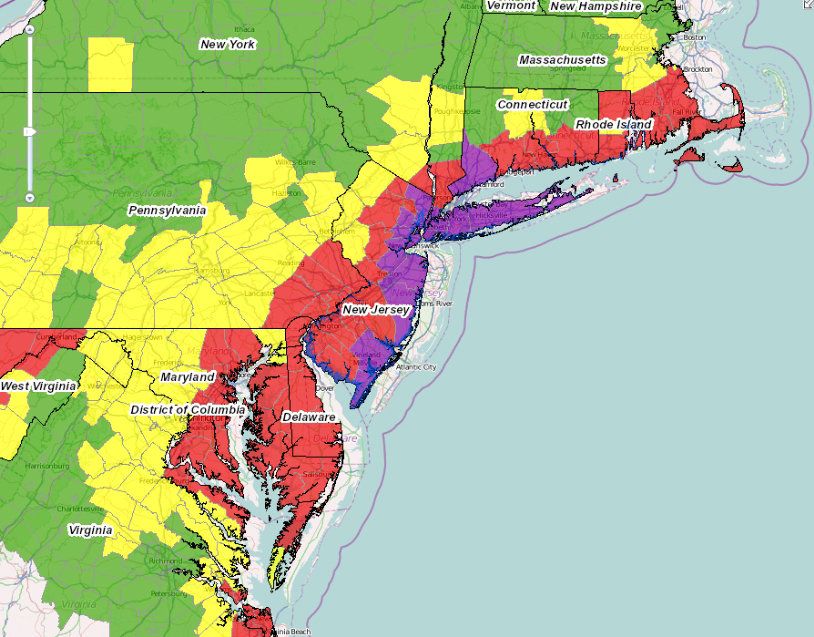
Last night, residents of the Brooklyn community gathered together at the behest of Council member Chaim Deutsch and Congressman Hakeem Jeffries to go over a tentative plan to mitigate damages from another possible super storm – an event that has a yearly 1 percent probability, but a lot of possible damage to this coastal area.Sandy seemed to be the name on everyone’s lips, as we all remembered personal events from October 29, 2012, when the storm caused $32 billion in damage to the New York City area. Assemblywoman Helene Weinstein said, “we are now looking to see what can be done to prevent damages similar to Sandy.”
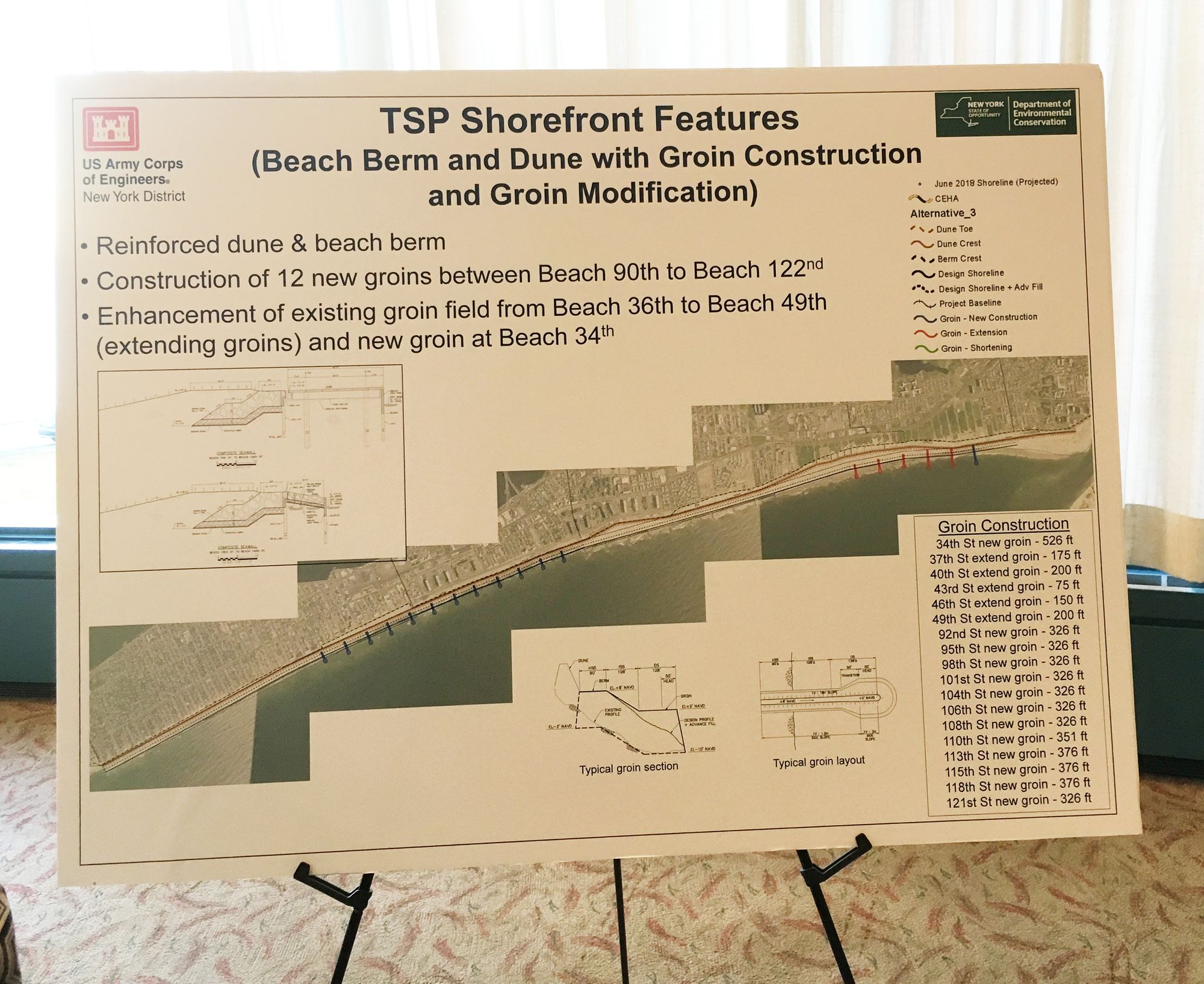
The room was filled with concerned citizens eager to discuss the prevention of flooding along the South Brooklyn Corridor. “This is a tremendous turnout!” said Curtis Cravens, who is the Mayor’s Office Senior Advisor on Coastal Resiliency. Back in February, Councilman Mark Treyger pressed city officials to speed up the pace of repair at Superstorm Sandy-affected public hospitals, but no work is slated to start until next year.
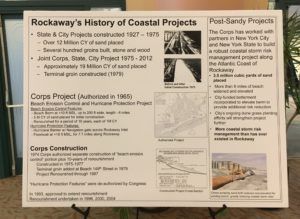
Almost four years ago, Superstorm Sandy devastated the East Coast, causing widespread damage in 14 states. Since Sandy, The Army Corps of Engineers (The Corps) has worked with New York City and New York State to rebuild the coastline and reduce storm risk. So far, this has meant depositing 3.5 million cubic yards of sand over various parts of the Rockaway Inlet, widening and elevating 6 miles of beach, elevating the embankment and planting dune grass to prevent erosion.The new proposal (designed by The Corps) recommends long-term coastal storm risk reduction for Rockaway and Jamaica Bay by creating structures “engineeringly feasible, economically justified, and environmentally acceptable.” The $3.8 billion plan talks of raising bulkheads and sea walls, as well as even larger projects such as a floodgate by the Mill Basin Bridge.
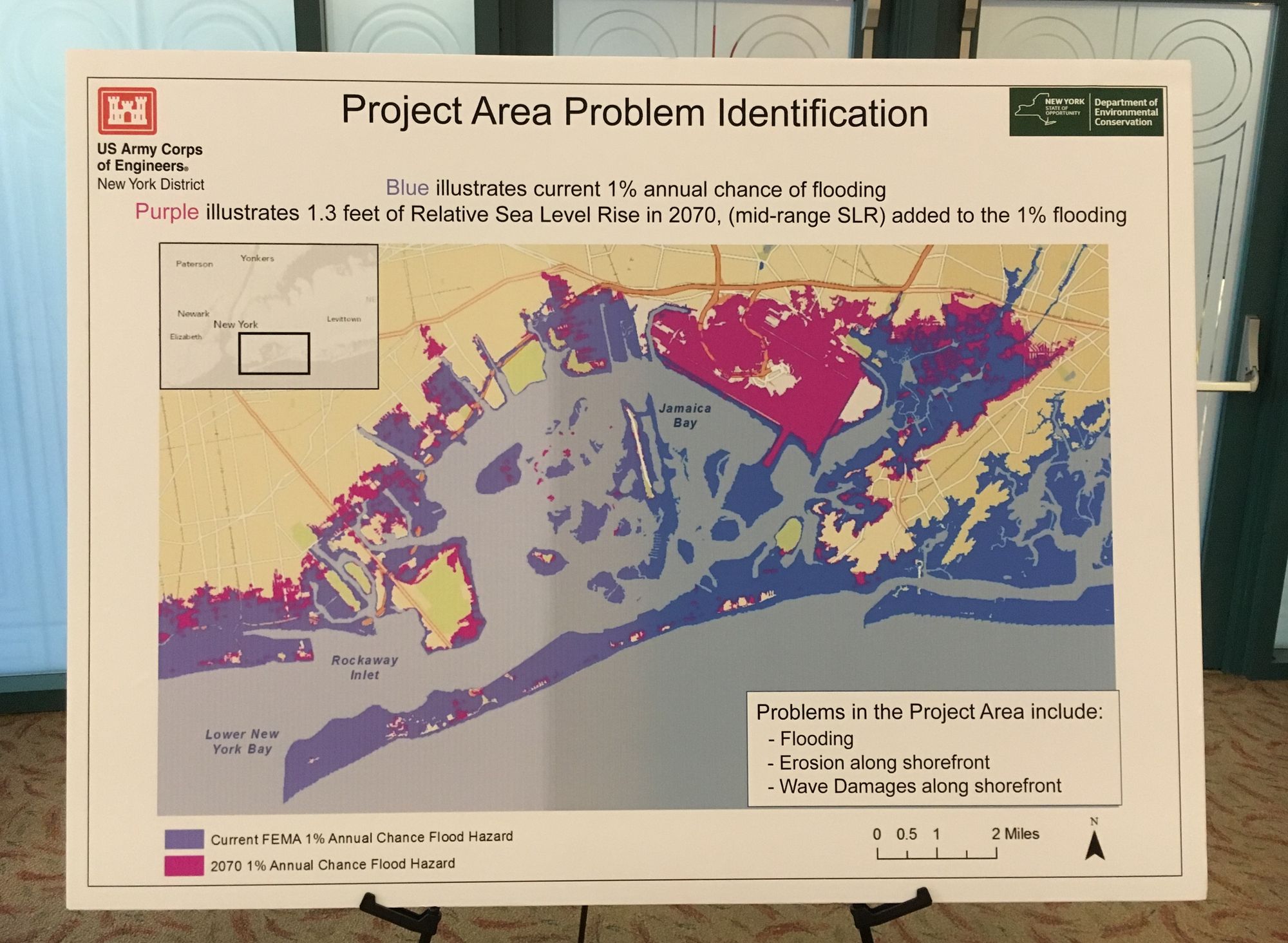
While Michael Embrich, the PR rep for The Army Corps of Engineers admits “this is a study and these are recommendations that are subject to change,” the slideshow mentioned construction is targeted to start in 2019, pending “length of reviews and approvals, and relative complexity of design.”The storm surge barrier with lift gates is not a new concept – the Oosterscheldekering is the largest of a series of dams and storm surge barriers designed to protect the Netherlands. The 5.5-mile barrier opened in 1986 after a decade of analysis, design, construction, reanalysis, and modification. A Dutch law regulates the conditions under which the dam is allowed to close – water conditions must reach ten feet above sea level before the gateways can be closed. This has happened 25 times since the dam’s opening, where the water levels exceeded or were predicted to exceed the 10-foot limit. The Oosterscheldekering is estimated to last over 200 years, and costs the Netherlands approximately 17 million euro per year to operate.
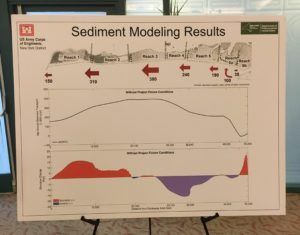
Operating costs are certainly a concern; one that New Orleans is currently facing. After the construction of several new structures, including several new pump stations and an 1.8-mile-long barrier designed to protect the city’s Eastern flank from Lake Borgne, the battle between Washington and Baton Rouge commenced over who would pay to maintain it. Their overall program costs $14.5 billion (of which the large surge barrier was $1.7 billion) and although The Corps has agreed to pay for a portion of its upkeep, the predominant amount falls to local government, and thus, taxpayers.Another concern is how it will affect the indigenous wildlife, which consists of over 300 bird species, about 100 fin-fish species, and a score of butterfly species. These communities still rely heavily on fishing and aquatic activities, which may be changed by the improvements. Horseshoe crabs are at the forefront of the issue.
In the past, horseshoe crabs (Limulus polyphemus) would frequent Plumb Beach in surprising numbers, but their count has severely dwindled. The crabs return to their birth site and mate on the beach from late May to early June, but their populations are now much reduced throughout the region. Between erosion and the health industry’s use (their blood is used to test patients for bacterial infections), the horseshoe crab is now a near-threatened species.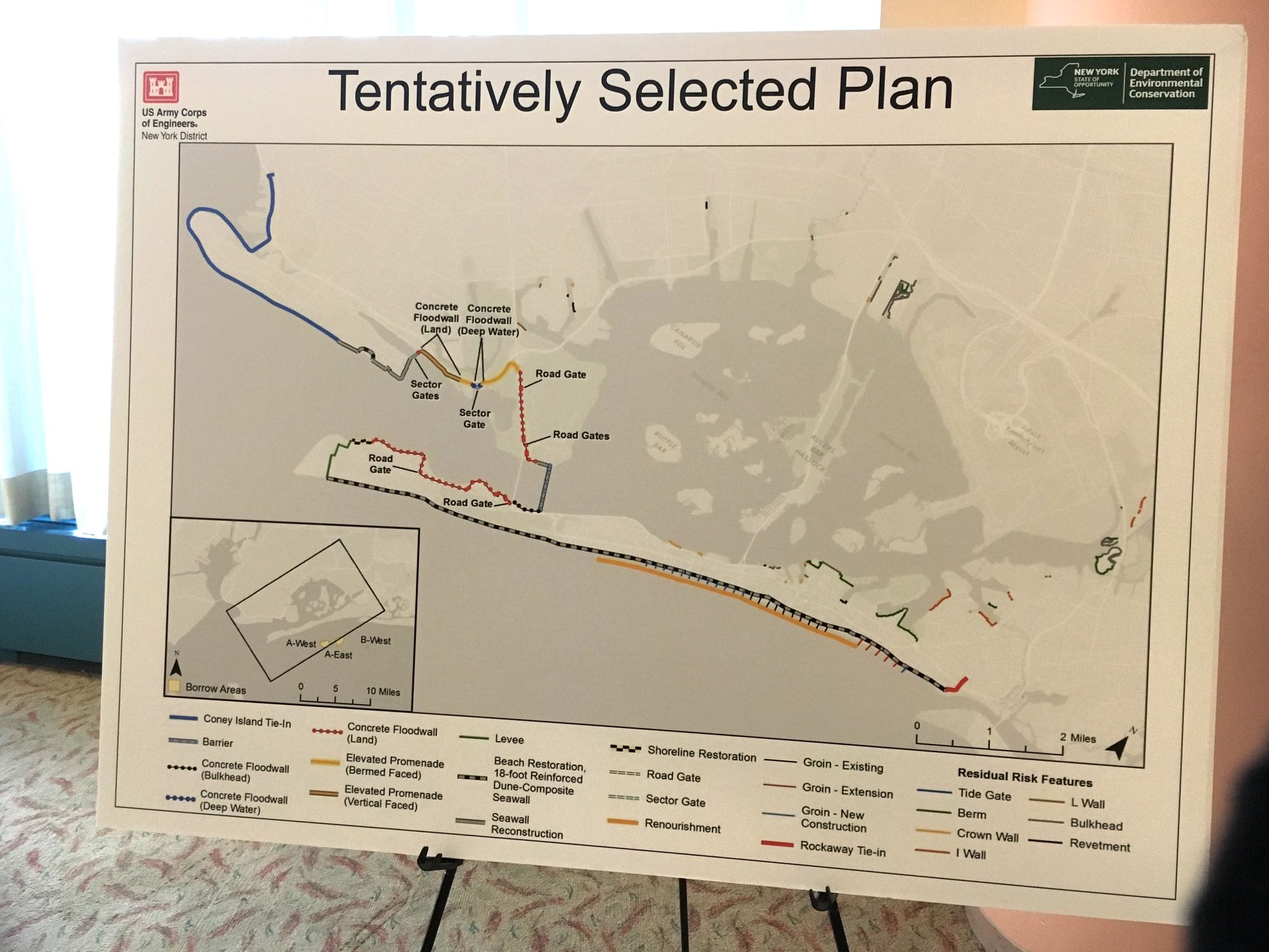
The project would cost roughly $3.8 billion, of which the federal government would contribute 65 percent. The other 35 percent must come from non-federal sources, such as the state of NY. From there, the city would pay approximately 30 percent of that 35 percent, which means it would cost the city about 10 percent of the project.While it may be over 10 years before the shoreline sees these structural improvements, it is imperative that The Corps works with the city and its concerned citizens to ensure it meets the full needs of these shorefront communities. Full pictures of the idea boards can be found in the attached slideshow, and more information can be found here. To request a copy of the Draft Environmental Impact Statement and submit written comments, contact:The U.S. Army Corps of Engineers, New York District
Planning Division-Environmental Branch (ATTN: Mr. Robert Smith)
26 Federal Plaza, New York, New York 10278-0090
Email: Project Biologist Robert.J.Smith@usace.army.mil and Project Manager Daniel Falt Daniel.T.Falt@usace.army.mil


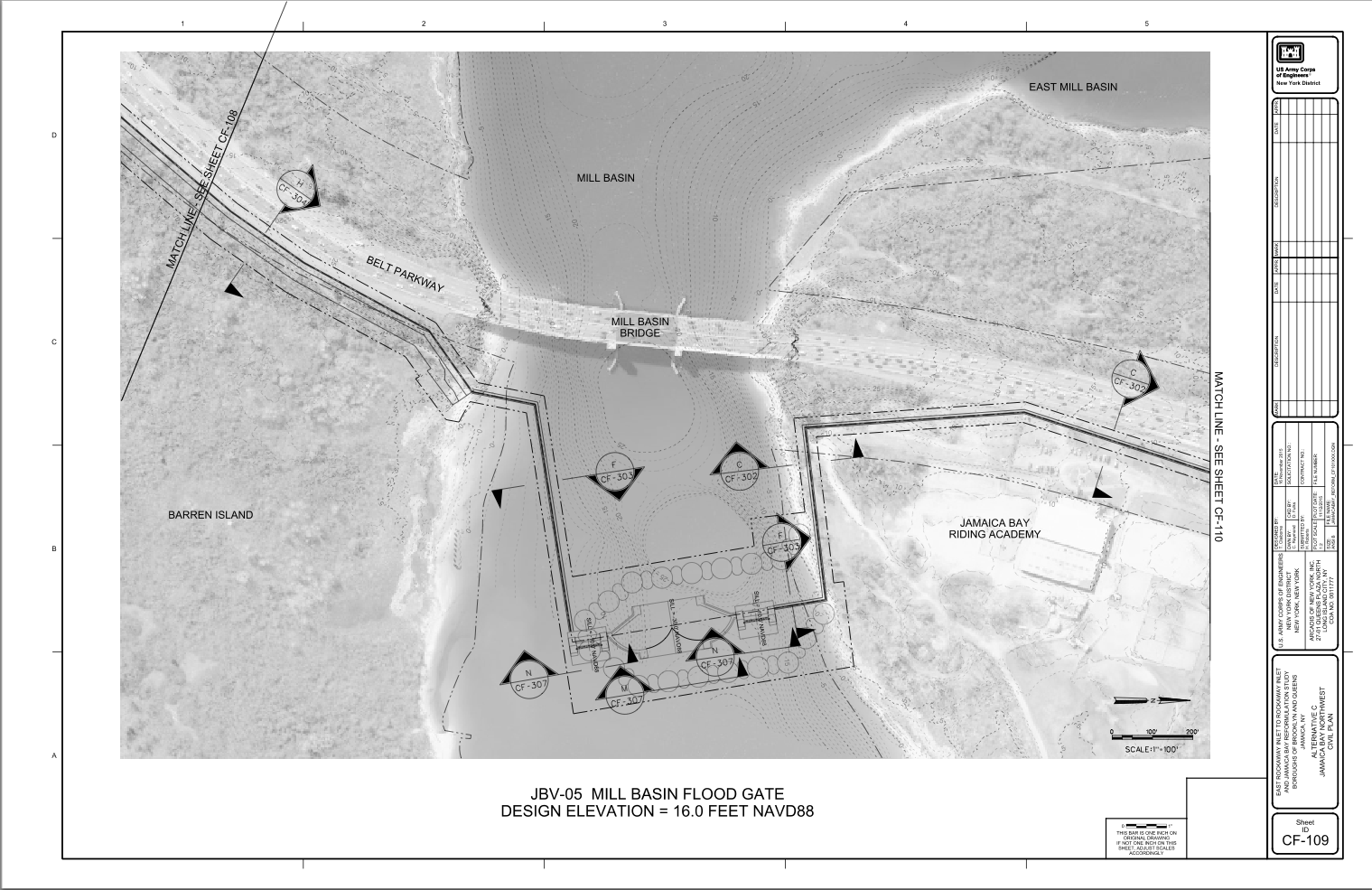
[Update 10/7/16 8:51am]: Hakeem Jeffries was mistakenly titled a City Council member when he is a Congressman. Changes have been made to reflect that.



